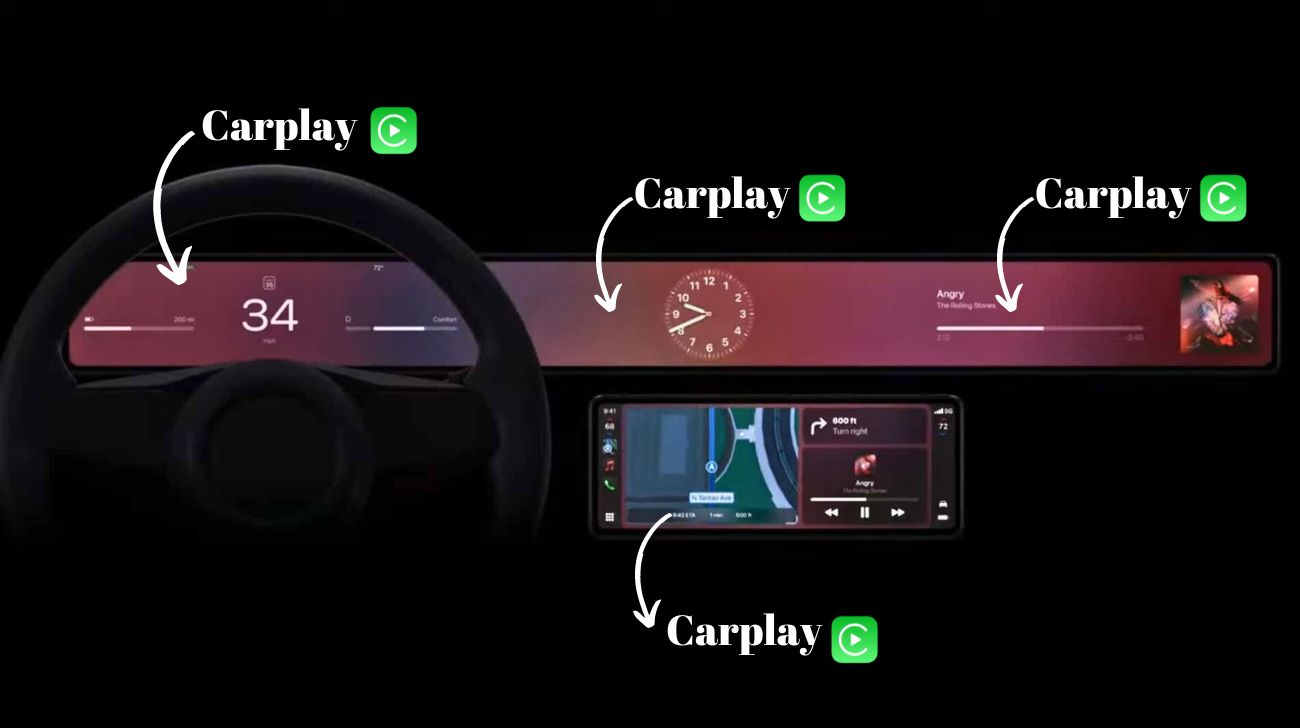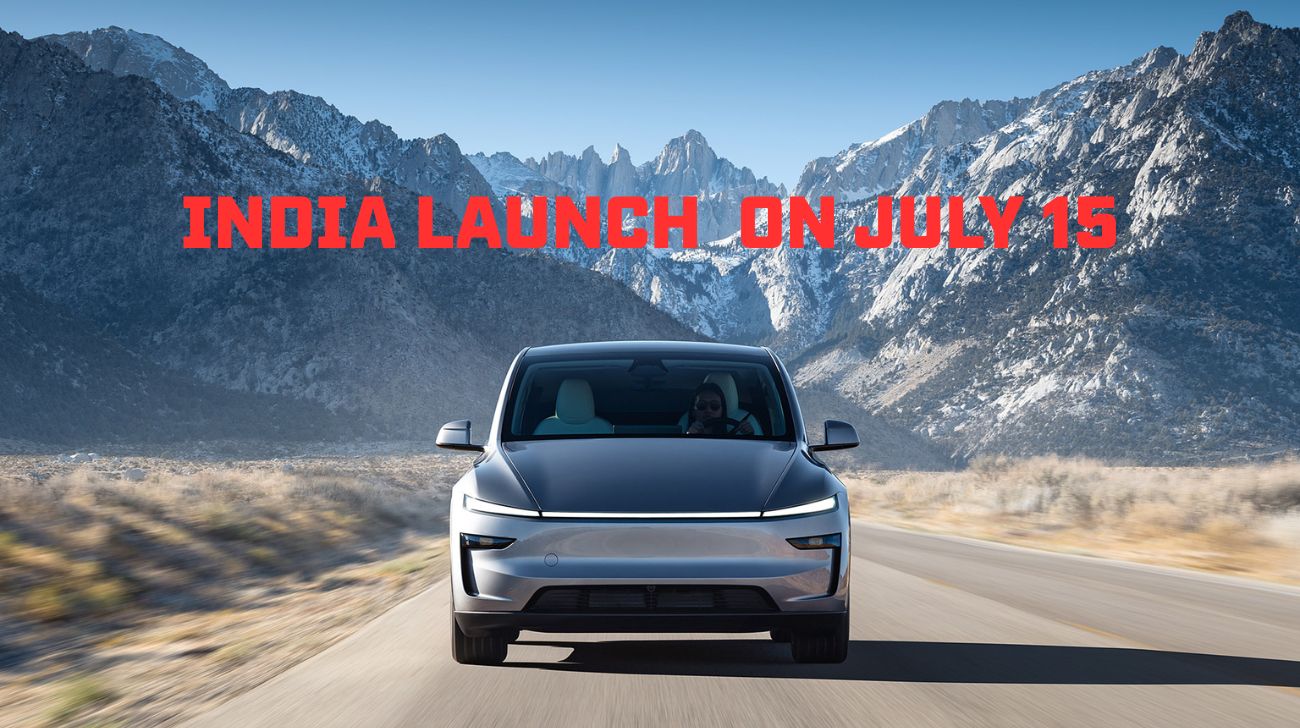Apple's latest Carplay iteration, the biggest update yet, earns the title "Next-Gen." While hints emerged way back in 2022, the recent WWDC24 (World Wide Developer Conference) saw the brand unveil a revolutionary multi-screen Carplay interface. Customisation, a major theme of the conference, is a key focus here too. Let's dive into the details.
Also read: Best Features of upcoming iOS 18
What to Expect
Unlike the current Carplay, which often confines itself to the infotainment screen, Next-Gen Carplay expands to all car displays. This includes HAV controls, infotainment, the driver's instrument display, and even the passenger display(if it has one). It won't just mirror information; users can control climate, ADAS (Advanced Driver-Assistance Systems), off-road stats, driving modes, and more – all within CarPlay. This eliminates the need to exit CarPlay for car adjustments. Apple event promises car manufacturers the ability to customize the user interface for features like ventilated seats. Surprisingly, Next-Gen Carplay also integrates reversing cameras. Another highlight? Better notification integration, including car statistics like tyre pressure warnings and oil levels.
Challenges on the Road
Next-Gen Carplay hinges on car manufacturers actively supporting this integration. Some manufacturers still skip even the basic convenience of Apple Carplay and Android Auto in their vehicles. Additionally, Next-Gen Carplay is solely wireless. This might be a concern for Hyundai, for instance, if they want to stay feature-rich. However, wired connections will still work with the current Carplay. Ultimately, it boils down to hundreds of manufacturers and their choice to support Next-Gen Carplay. Porsche and Aston Martin, as previously announced, will be the first to bring this technology to their cars.
Why This Matters
It's no secret that software plays a crucial role in the car industry, and with the rise of electric vehicles, its importance will only grow. Not every traditional car manufacturer excels at new-age technology demands, and user interfaces can be clunky. In a competitive market where performance is often similar, tech features become a selling point. While we love native systems, Apple CarPlay and Android Auto have made user experiences uniform and easy across brands. Adding to that, navigation on the road was never this easy before. Next-Gen Carplay has the potential to finally settle the debate about which had this feature first, giving Apple a clear edge over Android.





